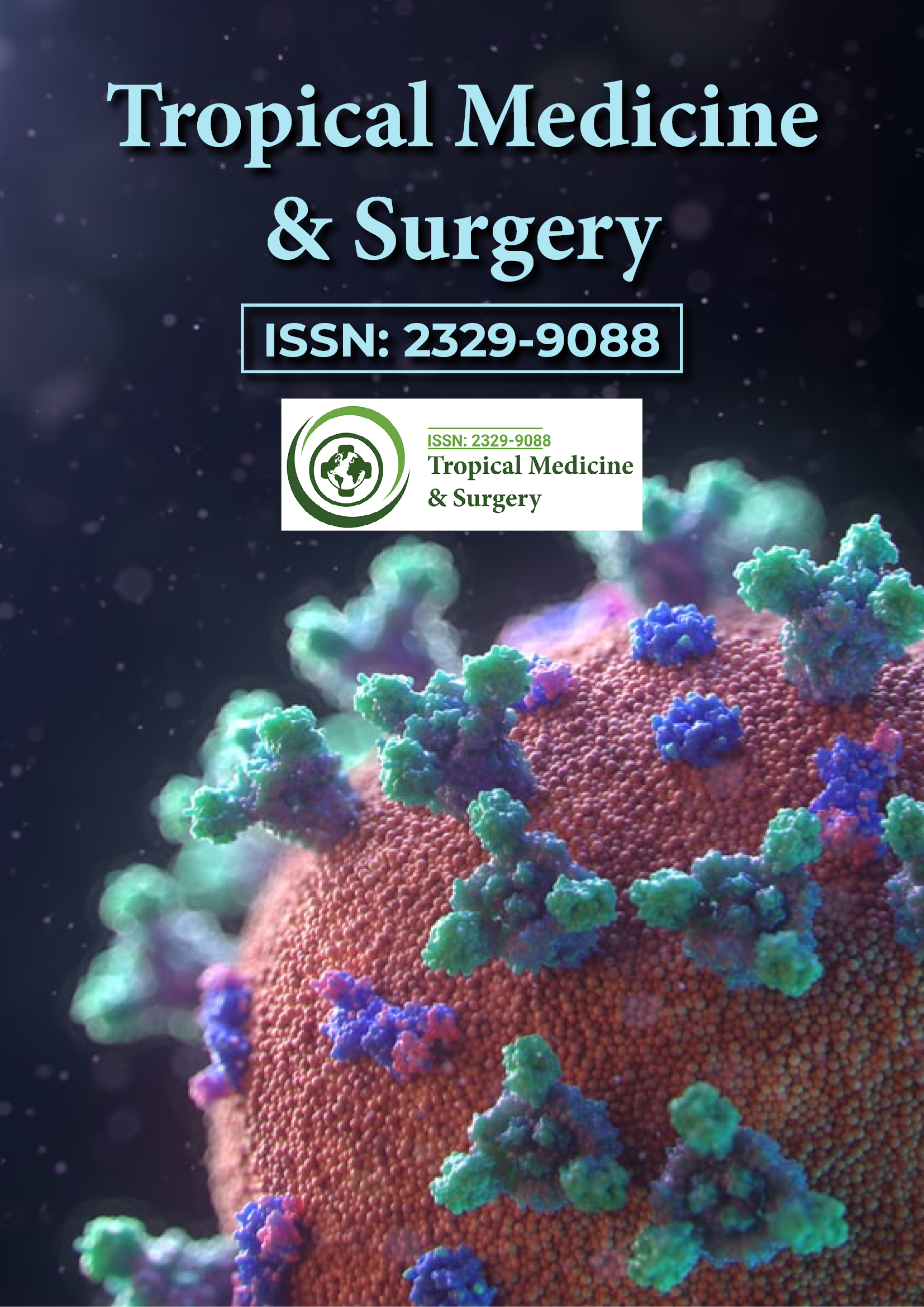Indexed In
- Open J Gate
- Academic Keys
- RefSeek
- Hamdard University
- EBSCO A-Z
- OCLC- WorldCat
- Publons
- Euro Pub
- Google Scholar
Useful Links
Share This Page
Journal Flyer

Open Access Journals
- Agri and Aquaculture
- Biochemistry
- Bioinformatics & Systems Biology
- Business & Management
- Chemistry
- Clinical Sciences
- Engineering
- Food & Nutrition
- General Science
- Genetics & Molecular Biology
- Immunology & Microbiology
- Medical Sciences
- Neuroscience & Psychology
- Nursing & Health Care
- Pharmaceutical Sciences
Abstract
Genetic Redundancy and Chemokines: CCR5 Δ32 HIV-Resistance Allele
Abdullahi I Uba, Sani S Usman, Musbahu M Sani, Umar A Abdullahi, Mustapha G Muhammad and Umar S Abdussalam
Gene mutation is a change in nucleotide sequence of DNA which results in an impaired or loss of functions of the associated gene. Mutation can occur spontaneously or be induced by mutagenic agent. It is considered deleterious when it affects the phenotypic expression of the gene products. However, some mutations, such as CCR5 gene mutation turns out to be beneficial. HIV virus uses the gene product, CCR5, as a co-receptor along with CD4 receptor to enter the host’s cell. The product of CCR5 mutant gene does not interact with HIV surface antigen, hence blocks the primary entry of the virus and thus provides immunity to AIDS for homozygous carriers and greatly slows the progress of the disease in heterozygous carriers. How about the critical role of the gene, being the gene encoding a member of the beta chemokine receptors, which in turn play an important role in the immune response? This is probably compensated by genomic redundancy of chemokine-receptor functions. Genetic redundancy refers to the situation where the loss of a gene can be completely or partially compensated by one or more other genes. Taken together, CCR5 Δ32 protein product is of clinical significance in conferring resistance to HIV infection and is thought to reduce the surface expression of wild type CCR5. In this review we highlight the origin of CCR5 Δ32 HIVResistance Allele and discuss chemokine receptors’ functional redundancy as the phenomenon compensating for the normal function the allele in individuals carrying the mutation.
